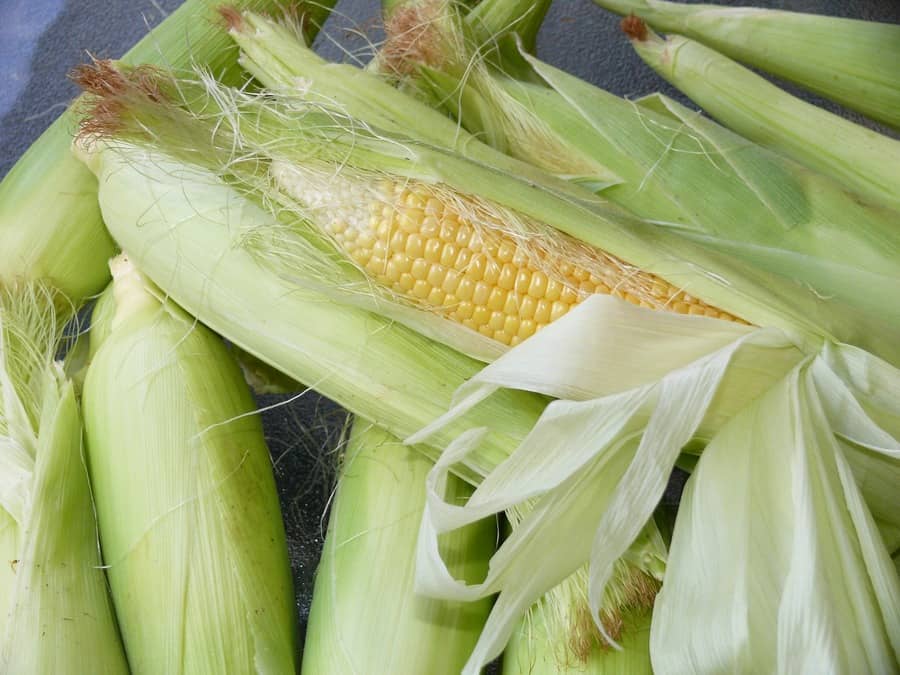Porto Alegre, January 10, 2022 – Corn on the Chicago Board of Trade continues to seek support at the level of USD 6.00/bushel, a level that has been historically quite relevant for the international market. One of the supports for the corn hike was wheat throughout the year 2021. Now, wheat observes the trend of winter crops in the northern Hemisphere, seeks some slowdown and contains a movement of new corn highs. Furthermore, China is buying Ukrainian corn rather than US corn. The possible production losses in Argentina in 2022 could be an indicator of support in the first half of the year.
The USDA report for this month of January brings the traditional final for the US crop. The final report for the 2021 crop will be released on the 12th by USDA. The current estimate is 382.6 mln tons, the second-largest production in history. Minor corrections can always occur in the January report. We do not believe they can drastically influence prices. Demand will also be revised, including the export numbers. Weekly exports accumulate nearly 41 mln tons in the business year and are at a higher pace than forecast by USDA. Therefore, USDA may correct the export estimate upwards, perhaps cutting some local stocks.
Apart from these data, two indirect themes can influence corn:
– The wheat picture – with a trend towards greater winter planting in the United States, Canada, Russia, and Ukraine and a larger harvest harvested in Argentina in 2021/22. If the USDA confirms a better world offer, the effects for wheat may be more accommodating and influence corn later on;
– The situation in South America. Corn production losses in Brazil’s summer crop have little influence on the international market because the country does not export in the first half of the year. However, the Argentine crop is the only one reaped in the first half that is exportable. Therefore, a complication in the Argentine climate scenario in the coming few weeks could indeed influence corn on the Chicago Board of Trade.
In general, this first semester has some important indicators for corn in the external environment:
– The bias offered to corn planting in the United States in 2022. With high input costs, producers could dedicate a little more area for soybeans and wheat, which have lower planting costs;
– The decline in the soybean crop in South America can sustain this commodity above USD 14/bushel. This increases competition for acreage in the US crop and accentuates the possibility of increasing soybean area at the expense of corn;
– China has not resumed US corn purchases, which begins to frustrate part of the international market;
– Demand for ethanol remains firm but stopped growing early this year;
– Wheat may have a decline in prices in the international market with the entry of the winter crop in the northern Hemisphere.
Given these indicators, corn continues with firm prices on the Chicago Board of Trade, but has not been able to break through to stay much above USD 6.20/bushel. After Wednesday’s report, with more important data for wheat, the market will assess whether it will return to work below USD 6.00 or gain momentum for new highs. It is important to note that more significant declines for corn now, in contrast to highs in soybeans, could be decisive for the 2022 US planting.
Agência SAFRAS Latam
Copyright 2022 – Grupo CMA

